Last updated on March 22, 2024

Command Tower | Illustration by Evan Shipard
Lands in Commander decks can be a difficult piece to refine when deckbuilding, but it doesn’t have to be. A little bit of insight into how your deck wants to play can greatly influence your land count.
There are a lot of different types of Commander decks and it can be daunting to decipher the golden ratio. Let’s start digging into all that info right now because there’s no time like the present to learn something new!
How Many Lands Should You Play in Commander?
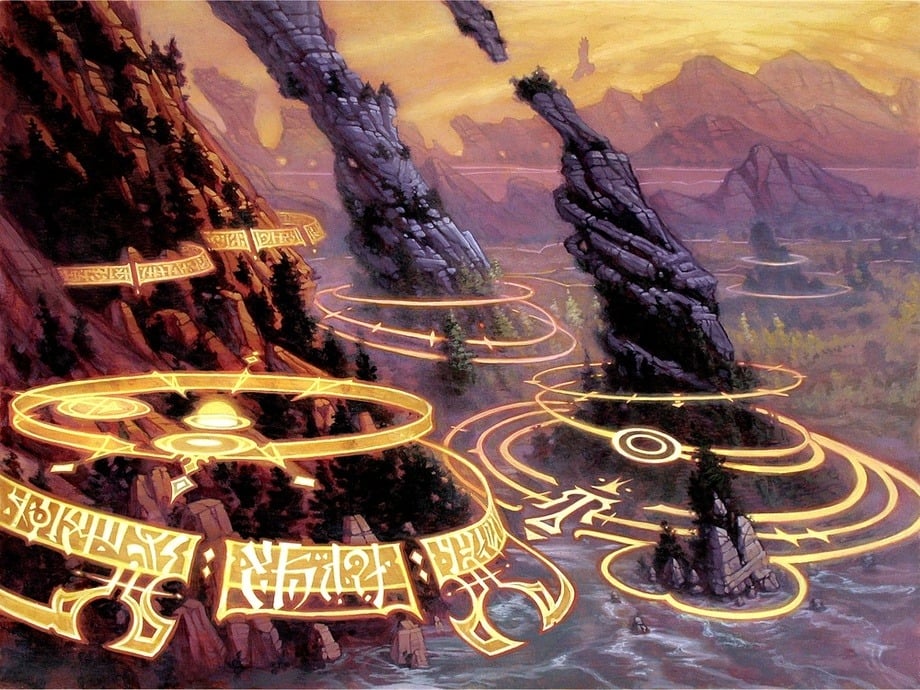
Lay of the Land | Illustration by Chuck Lukacs
You have 99 cards to work with here, or 98 if you’re playing with a partner commander. You’ll be trying to fit about 42 lands into your deck at the most and roughly 33 at the least.
These counts depend on multiple variables that I’ll dive into soon, but I’ll start by saying that these land counts complement your deck construction.
What Kind of Decks Run Lots of Lands?
This is a good place to start. There are a couple of tricky decks with 99 lands and a commander like Child of Alara, but that's another story. Let’s say you’re running a ton of big spells and ramp spells. You’re probably going to want a lot of lands on the field, so you’ll be shooting for the 37 to 42 land range in your deck.
You could also be running a deck that doesn’t play a lot of mana rocks and want to make sure that you don’t miss out on mana. Some decks even base their strategy around lands, like the landfall ability, so they’ll stuff everything they can into their deck to make sure they don’t miss any triggers. You’ll also probably see a lot of fetch lands and the like in these builds.
When Should You Play Lower Land Counts?
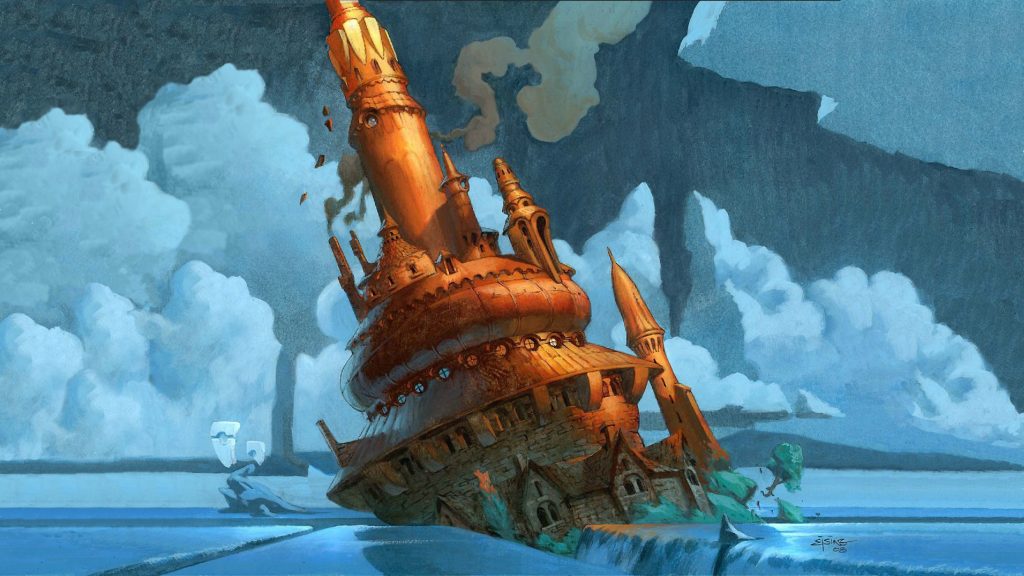
Reliquary Tower | Illustration by Jesper Ejsing
Just like opposing ends of a spectrum, the reasons you’d play lower land counts vs. higher ones are basically the reverse. Decks that rarely see the mana value of their spells go above three or four (or even five) pack lands more towards the 33 to 35 range. This ensures you’re going to see spells after your opening hand more than you’ll see lands.
Some decks run a number of mana rocks to help their sources and don’t really care about how many lands they have. They have either no need for lots of mana or they have other ways to cast their spells and generate more mana.
What Can Affect How Many Lands You Need?
Lots of things can affect the number of lands you want in your deck, my friend. Lots of things. Deckbuilding is a very intricate part of our favorite game and lets players express their creativity, wits, knowledge, and personality when constructing their own concoction.
Let’s go over some of the most important factors and how they affect your land base.
Curve
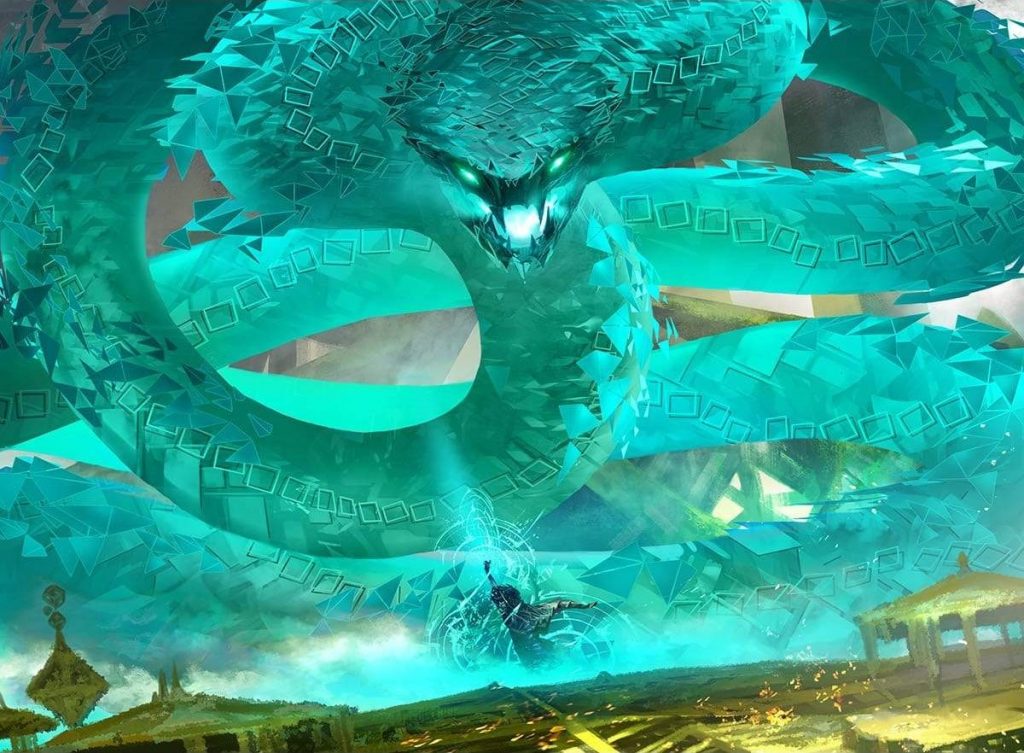
Serpentine Curve | Illustration by Kekai Kotaki
No, not like a curved line on paper. Well, okay, maybe it kind of is when you draw it out. “Curve” refers to the number of spells of each mana value you have in your deck. Interestingly enough, when you plot the info on a bar graph, you can usually trace a line that tells you how your deck will behave.
If your curve hits its peak near the spells with a mana value of 1 to 3 (which means you have a lot of spells of that mana value), your deck plays a lot of small and fast cards to overwhelm your opponent in the early game. Decks like this play fewer lands since they only need a few for the whole deck to work like a well-oiled machine.
Meanwhile you have decks with their curve really only peaking where spells cost 4, to 7 mana. Tons of big stuff means you need tons of mana and can call for tons of lands to complement this. Your mana curve is often the easiest way to find your starting point for how many lands you need.
Card Draw and Cantrips
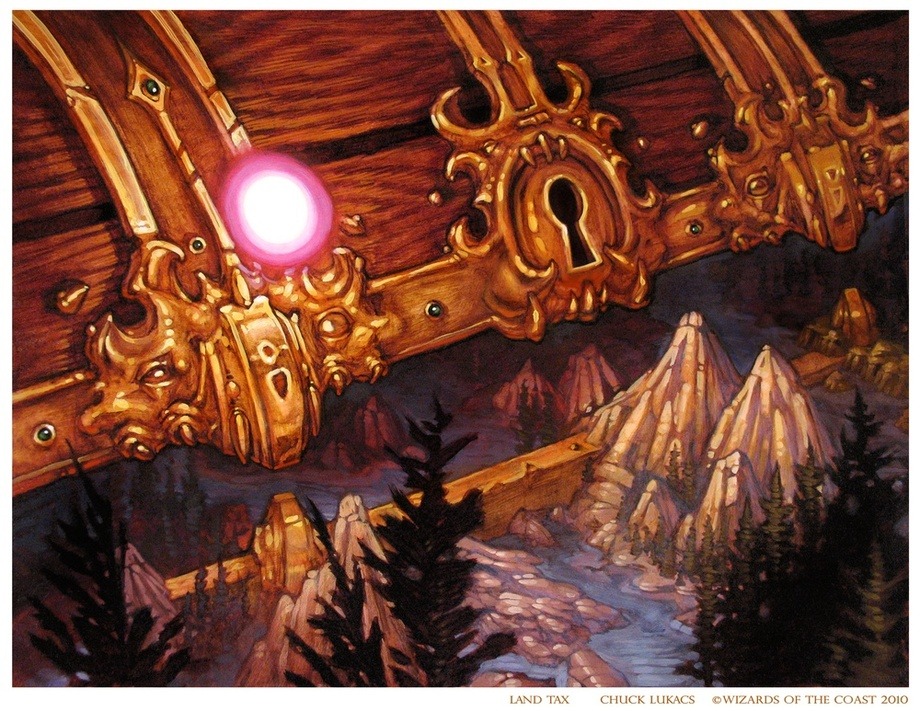
Land Tax | Illustration by Chuck Lukacs
Card draw is something that even I sometimes forget about when building a deck. It happens.
Draw engines and cantrips are super common in a lot of decks in Commander. You have a chance to draw lands when you draw cards, and you might draw a lot of lands if you’re drawing a lot of cards and have a lot of lands in your deck.
It’s not always a great idea to draw a lot of lands. Decks that draw a lot might run just enough to play all their cards properly but stay on the low side because they know they’ll draw as much as they’ll eventually need.
The same goes for cantrips. If your deck is full of cantrips or ways to draw cards when you play cheap spells, you don’t need a ton of lands because your hand will likely never be empty. A full hand usually has land or two to play. That said, you can’t go playing a ridiculously low amount, either.
Around 33 to 35 lands is good for a deck that draws a lot.
Cycling Cards
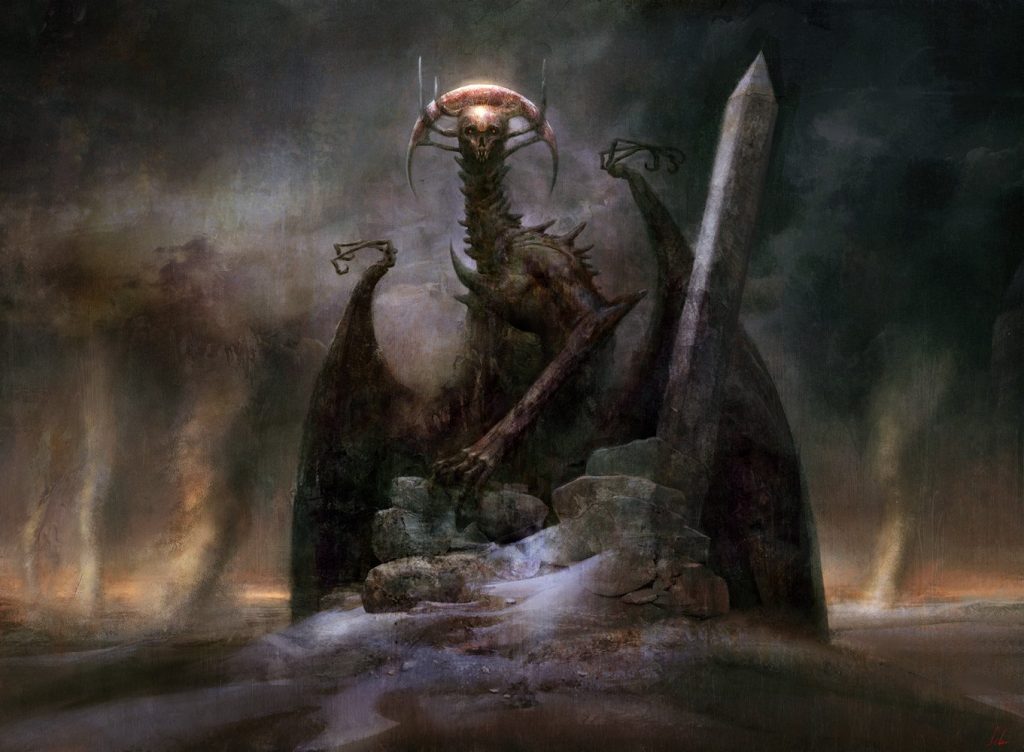
Archfiend of Ifnir | Illustration by Seb McKinnon
This falls into roughly the same category as card draw but is sometimes better. Cycling gets you to draw cards and you could draw into a land, but that’s almost the same as a cantrip. I differentiate cycling because some cards have typecycling called “basic landcycling” that lets you find a basic land.
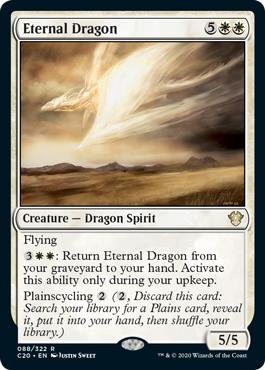
Instead of drawing a card, you search your library for a basic land to put in your hand. Including these cards might make you more comfortable with running less lands since you know that you can get the land you need if you have one of these in your hand.
Cycling Lands
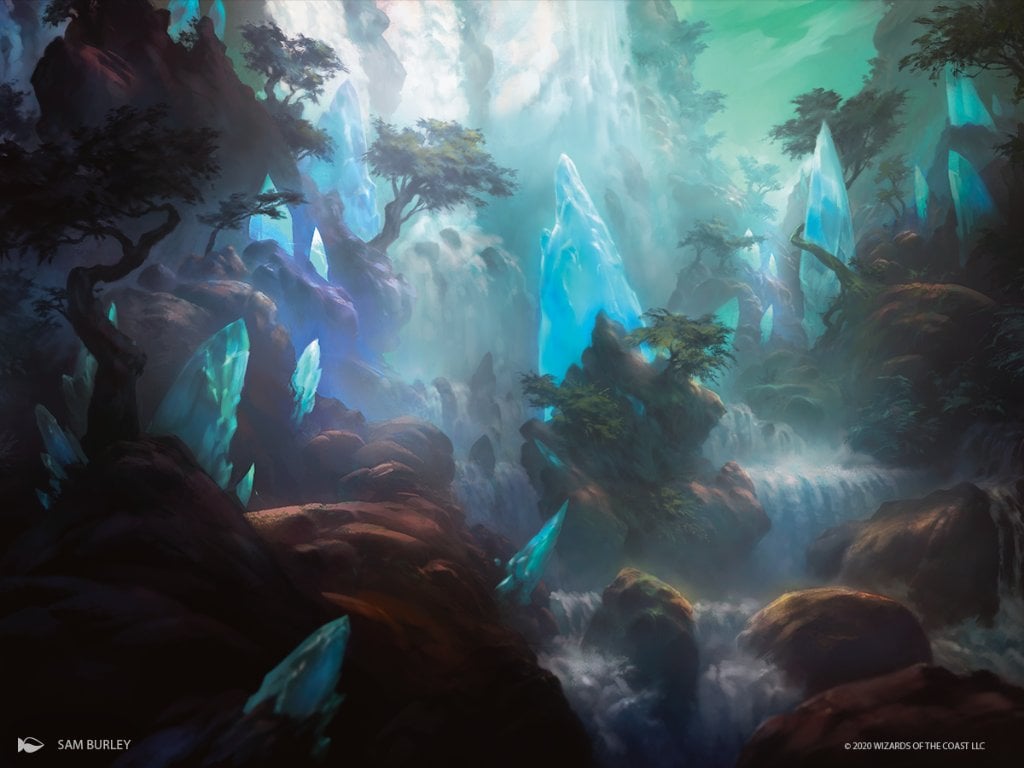
Ketria Triome | Illustration by Sam Burley
I’m not done with cycling yet, get back here. There’s still cycling lands to talk about. These are lands that cycle. Nothing more to it. But there is.
Decks with high land counts will use these a lot. They fill land spots but if you’re good with roughly 15 lands already on field, you don’t need any more. You can just cycle these away to draw cards for alternative value out of a card that would otherwise be dead in your hand. Pretty neat!
Fixing and Ramp Cards
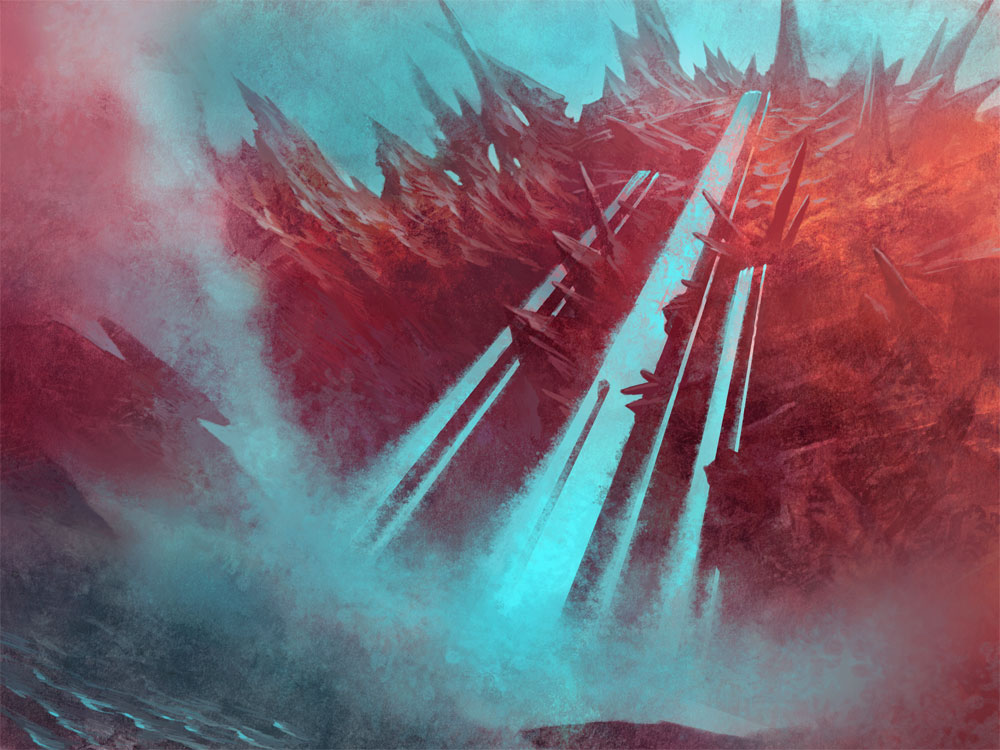
Cascade Bluffs | Illustration by Brandon Kitkouski
Fixing and ramp are terms used for cards or effects that make it easier to have your cake and eat it too when it comes to lands.
Ramp usually involves putting lands from your deck onto the battlefield or using mana dorks or mana rocks to generate extra mana ahead of your curve. Fixing more or less involves making sure your colors are correct to cast your spells. This comes in the form of filtering lands, filtering artifacts, and spells that put lands from your deck into your hand to make sure your next land drop is the right one.
You can take this two ways in my experience. You can play a ton of lands and a ton of ramp to just absurdly accumulate mana sources. Or you can play ramp and fixing cards to a certain extent, say maybe 10 or so cards or more, while your land count stays low around 35 to a middle ground of 38 or so.
When it comes to mana rocks a lot of players use a ratio of two rocks per one land. So if you originally ran 40 lands but you have 10 rocks, you can comfortably drop about 5 lands. Some players say the ratio is three to one, but it’s up to you at the end of the day. This is just a suggestion to help guide you.
Mana Sinks

Urza, Lord High Artificer | Illustration by Grzegorz Rutkowski
This is my favorite reason to run tons of lands. Mana sinks are generally some sort of activated effect or big -cost spell that you can dump a ton of mana into for powerful results. Decks that have these are going to run tons of lands, comfortably playing the 39 to 42 area without a care in the world.
Maybe they flood out early in the game but then they’ll draw that super powerful spell or a creature with a dangerous activated ability. Next thing you know, they’re running away with the game with all the value and momentum from pumping all of that mana into one super powerful spell or effect. It might even win them the game.
Do You Need More Lands for a 4- or 5-Color Deck?
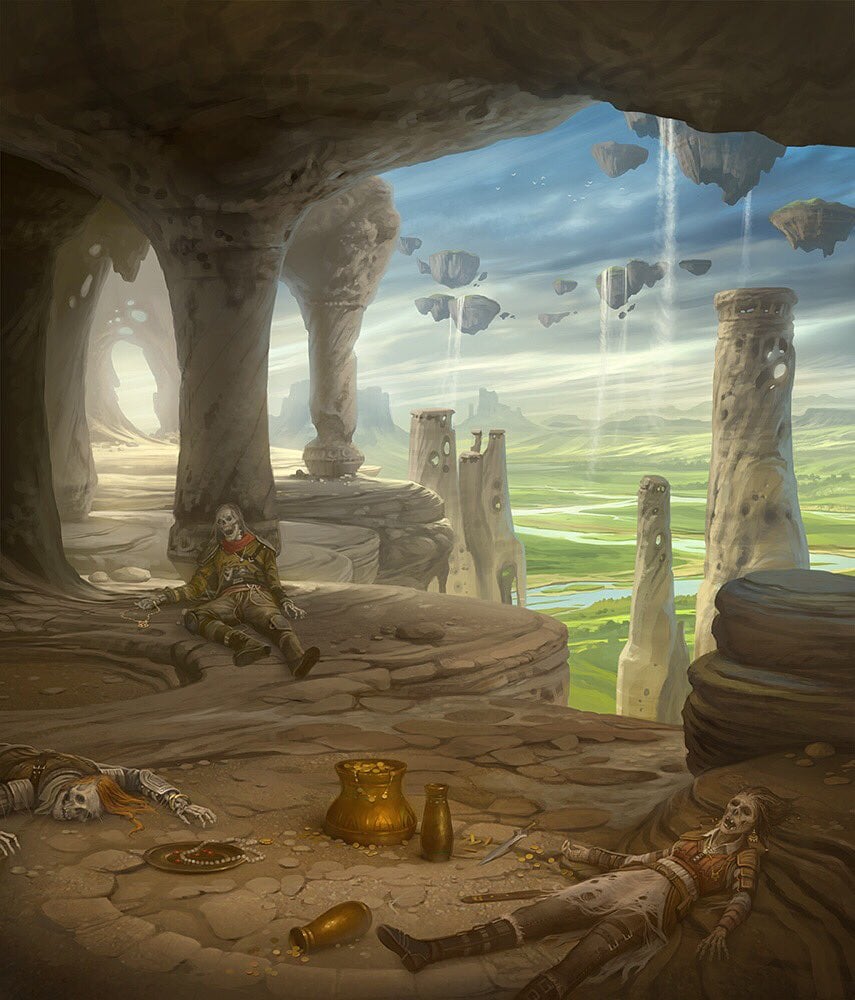
Ancient Tomb | Illustration by Howard Lyon
Building a 5-color Commander deck is a doozy. But it’s fun. All other cards aside, your land base is super important. This isn’t a deck that can scrape by using basic lands only. I mean, with the right ramp and mana rocks you could, but it’s certainly not quite as consistent as really refining your mana base.
In short, no, you don’t necessarily need more lands for a 4- or 5-color deck. You’re probably running about 37 to 38 lands already and that’s a pretty good average for any deck. I’d bump that up a little bit to 38 to 40 just to be sure you’ve got enough lands of each color to draw.
Run one of each basic in decks like this at the very least. Ideally you’d run two or three of each basic for consistency’s sake and the ability to fetch them with ramp spells like Rampant Growth. If you want to run some shenanigans with Thassa's Oracle and Tainted Pact, run only one of each basic land.
Ultimately, needing more lands actually still falls to your curve. Don’t worry about bloating your land base if you’re playing tiny spells. Keep it around 36 to 38 and you’ll be fine. If your spells are big or you have a lot of expensive activated abilities, bump it up to 40 or so. Refinement and tinkering are a huge part of Magic so you can always change it up as needed if a certain land count isn’t working out.
MTG Arena Historic Brawl Considerations
This is an interesting thing to consider. Arena has a hand-smoothing algorithm that has influenced players to play fewer lands or to change up the combination of what lands they play in the past. Looking at some of the current decks in Historic brawl, land counts don’t get too low.
Yeah, a lot of decks play around 38 or lower, but that’s right around average for decks that don’t want to be playing lands like crazy and just want to make sure they have lands to play. And you can still find lists with 40 lands without looking too hard. The main reason the hand-smoothing doesn’t change up the format is because of land variety.
Commander and Historic Brawl by association both have a ton of lands to pick from. I rarely have tons of basics in my decks and Arena still has quite a few non-basic lands to pick from even if they don’t have every land in MTG’s history.
Utility lands are always valuable to have and tons of mana for the late game is also valued. The nature of land bases hasn’t changed for Historic Brawl compared to its Commander predecessor in that respect.
Beware of Colored Sources
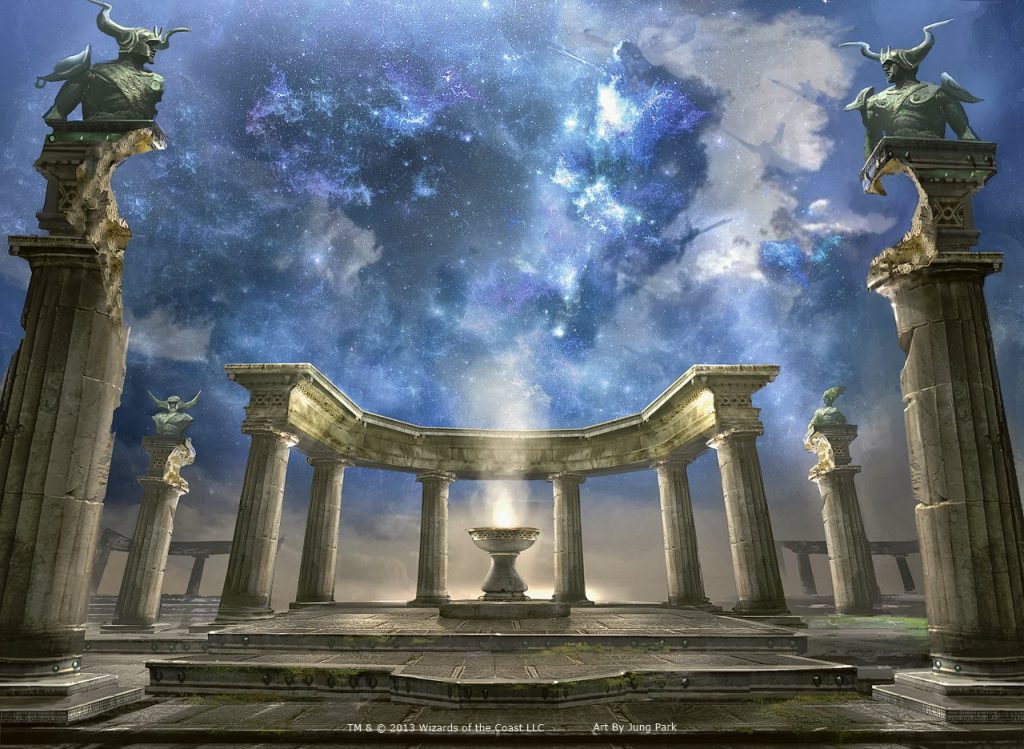
Nykthos, Shrine to Nyx | Illustration by Jung Park
All right, time for the warning on the box. You’ve got all this info and advice and insight into land bases for Commander. Now you need to recognize the responsibility that comes with it.
Don’t just throw in lands for land’s sake. Throw in the lands you need. Your color ratio of spells will usually feature one color more than another if you’re in a combo. Or one color in your deck might have a ton of spells that cost double or even triple of that color.
Take a good look at how much of each color you need for each spell and choose your lands accordingly. You’ll need a critical mass of colored sources to be able to cast everything so make sure that critical mass is stable.
A Note About Mana Screw and Mana Flood
I’ve been saying to test and tune your deck as you find the need to, but I should also note that Magic is a game of chance when you boil it all the way down. You’re going to have unlucky draws and you’re going to have fantastically lucky draws. Don’t use one unlucky play session as evidence to add or remove lands.
I will confess that until about a month ago, my Yuriko, the Tiger’s Shadow Commander deck ran 29 lands. I now run 32 lands because over the course of a year I found myself missing the mana I needed just a bit too often. It took me so long to figure that out because my deck does a lot of work for very little cost. Once I did change it, though, those three lands made a world of difference compared to my consistent bad experiences beforehand.
What I’m trying to say is you don’t have to go swapping lands around every day because you drew bad at an FNM or Saturday Commander event. Run some test games with friends or at a local shop for a few days if you think something is wrong with your lands. Even a few weeks if it’s something you’re having trouble pinpointing.
If you’re consistently getting mana screwed or flooded, then you’ve found the issue. But please don’t take one bad draw to mean you need to change up your land base. I’ve seen some players do it before and they only made it worse for themselves.
How Many Mana Sources Should You Run In an EDH Deck
The typical number of mana sources you should run in your EDH Deck is 43 to 55. Your land base should be between 33 to 40 lands and your Mana rocks should be 10 to 15.
These numbers can change if your deck is full of low cost cards or if you have other sources of mana slotted in like mana creatures or cost reducers. As a general rule you should run at least 33 lands just to make sure your first draw has some mana in it. If not then you may run in to the same problem I did where I found myself needing more land later in the game.
Commanding Your Lands

Mana Confluence | Illustration by Richard Wright
And there you have it. The ins and outs of Commander land bases. Are there any unique methods you use to decide your land base? Is there something big I missed when going over everything here? Start up some conversation in the comments below!
As always, we’re grateful to have you spend your time here on the Draftsim blog to read our awesome content and learn all things Magic. If you’re heading over to MTGA to try out some Historic Brawl builds after this teaching opportunity, make sure you bring Arena Tutor with you. Powerful tracking capabilities, Draftsim’s signature AI, deck stats, and it’s free! What’s not to love?
Thank you for your time today, and I hope to see you again soon!
Follow Draftsim for awesome articles and set updates: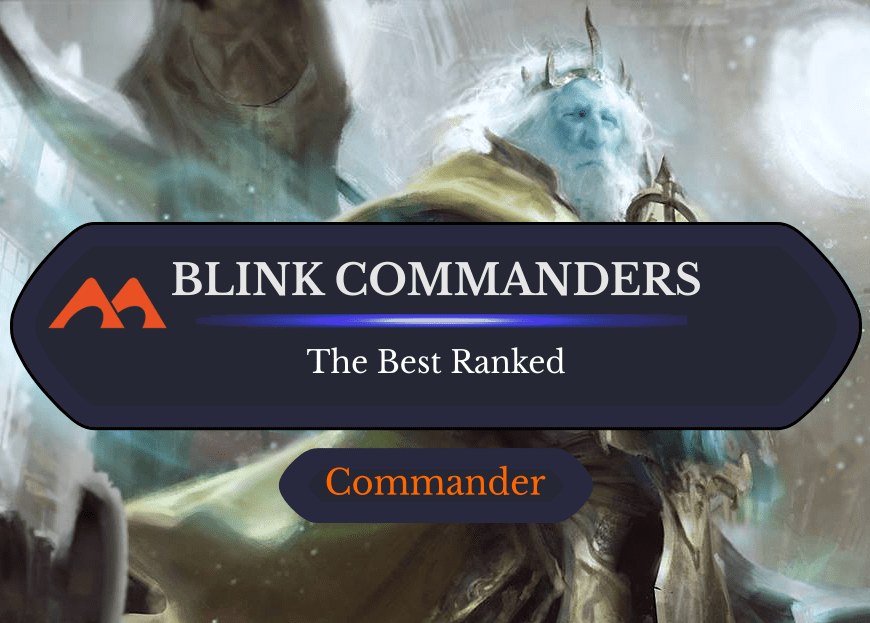
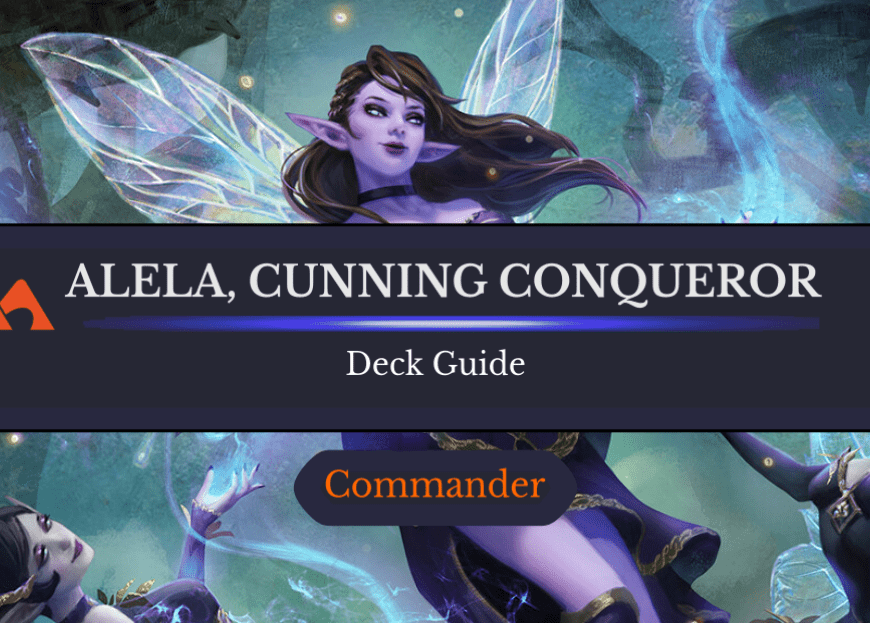
3 Comments
good morning how are you I felt like this is a very informative guide i think the reason for many people is that sacrificing cards is the only way they can have lands many people want to show off their cards. PS me and my cat (mainly me) would love to see a blog post of your new CAT TRIBAL!!!!!! —-DragonLord
Thank you for this post. I founded it very interesting and it gave me some ideas for my Yuriko deck 🙂
Glad to hear it! If you want some additional ideas, we’ve even got a Yuriko deck guide here too.
Add Comment